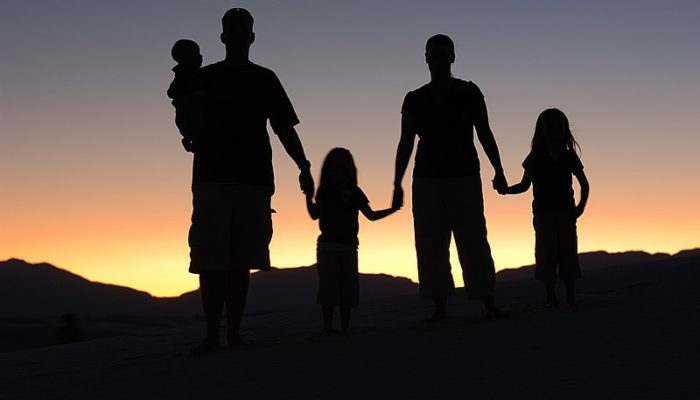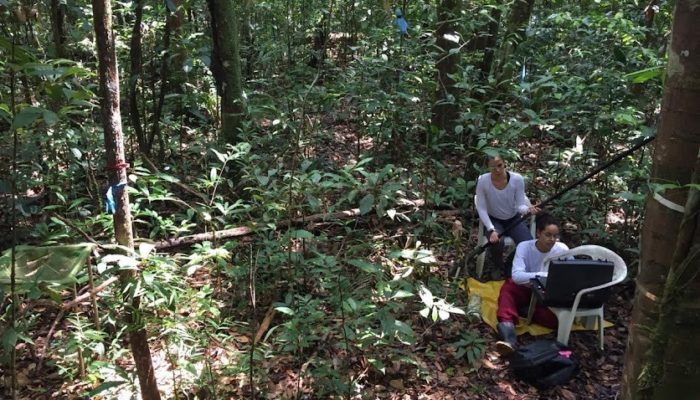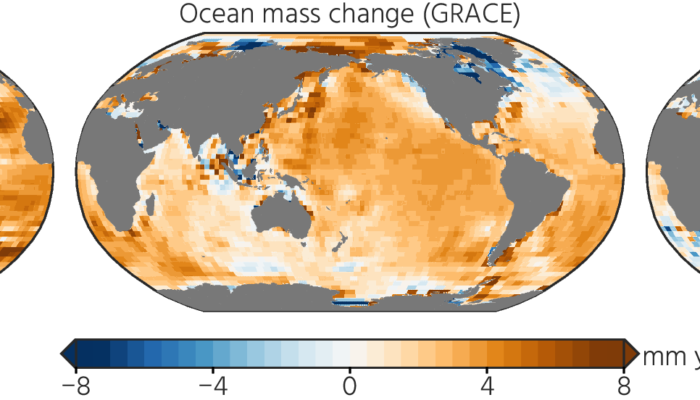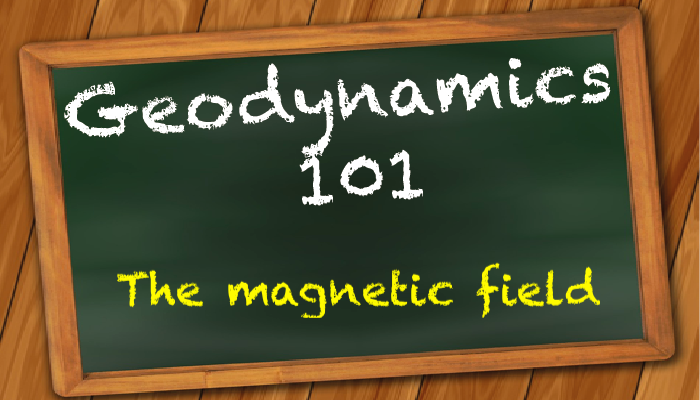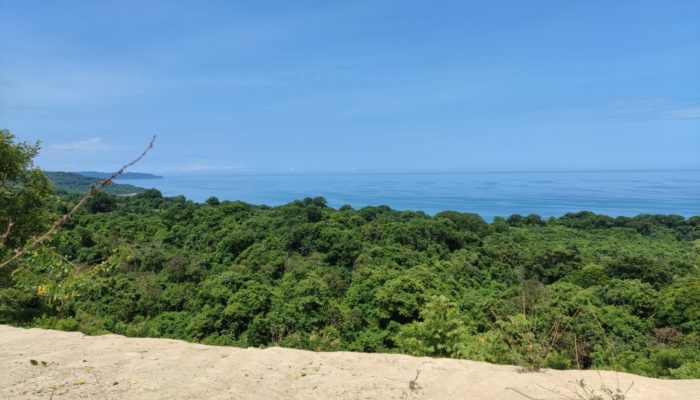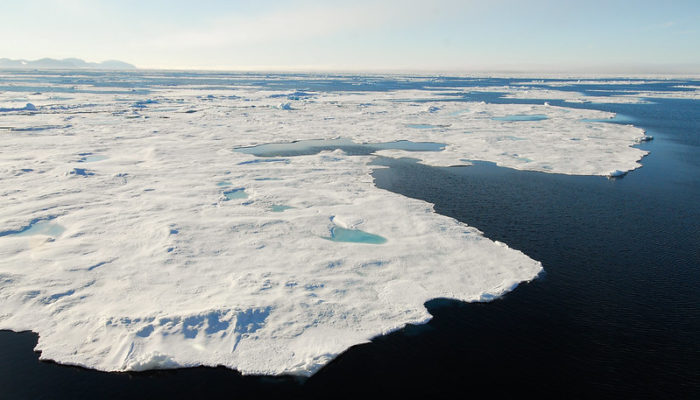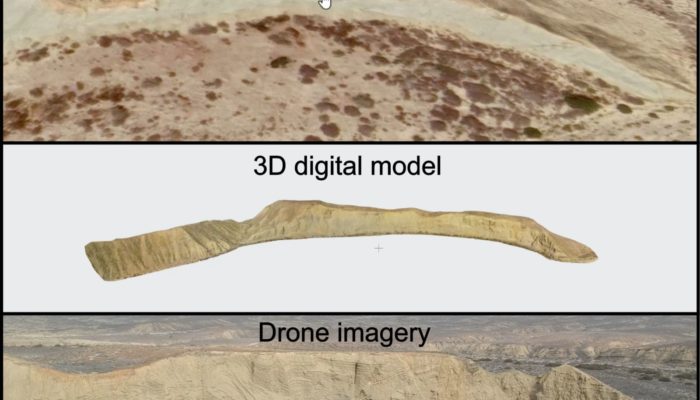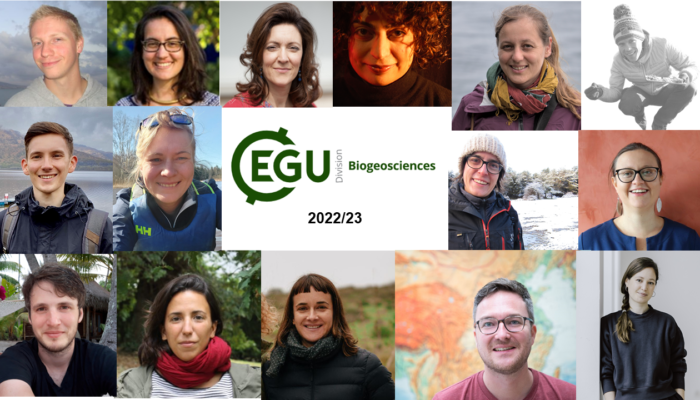With Postdoc Appreciation Week coming to a close, we wanted to know a little bit about postdocs in Geodesy and Geosciences! To see how their life-work balance situation and outlook on their professional future is, we put together a short survey. If you are unfamiliar with Postdoc Appreciation Week, here is a quick summary: Initially, it was an initiative by the National Postdoc Association in the ...[Read More]
Geochemistry, Mineralogy, Petrology & Volcanology
Motherhood in Geochemistry, Mineralogy, Petrology & Volcanology Sciences
Are you a mother in the fields of Geochemistry, Mineralogy, Petrology or Volcanology? Are you about to become a mother soon or have you just started to consider it? How many times have you considered it but thought that it wasn’t the right time? Starting a family can be challenging as it is, but juggling between starting one while managing a career in Academia can be frustrating and hard, especial ...[Read More]
Biogeosciences
The hidden importance of Amazon forests
Figure 1. Minirhizotron image acquisition in the field near Manaus, Brazil (photo credit Caroline Miron From different parts of continental Brazil, now working in different areas of Germany, we, three women scientists, share one more thing in common: our interest in making the hidden importance of the Amazon forest visible. In other words, we are root-nerds! Studying something that cannot i ...[Read More]
Geodesy
Want to really understand sea-level rise? Bring in the geodesists!
A remarkably large number of papers and proposals have sentences like “this study is critical to better project future sea-level rise” in their introduction. Most times this is just marketing to trick reviewers and program managers into believing the work is important. On the other hand, geodetic papers and proposals have some compelling reasons to use this statement: a lot of geodetic tech ...[Read More]
Geodynamics
The invisible shield from the centre of the Earth
The Earth’s magnetic field plays a prominent role in our everyday life. From birds and bees to many modern-day technologies rely on the magnetic field, and yet, our understanding on its long- and short-term behavior is far from complete. In this week’s post, Annique van der Boon shows how geology and paleomagnetic studies can help us in understanding the long-term activity of EarthR ...[Read More]
Seismology
Seismic Field Work at the Equator
Benedikt Braszus – PhD student at Karlsruhe Institute of Technology, Germany – takes us on a seismic field trip to tropcial Ecuador. Scientists from Géoazur (CNRS/IRD/Observatoire de la Côte d’Azur/Université de la Côte d’Azur), Karlsruhe Institute of Technology, Instituto Geofísico / Escuela Politécnica Nacional (IG-EPN, Quito), Instituto Oceanográfico de la Armada del Ecuador ...[Read More]
Geodynamics
The Sassy Scientist – Perhaps Communication Isn’t Key
Lots of people think that the challenging things in academia all relate to the actual science, the nitty gritty coding, the paper writing, developing methodologies etc. However, I’m sure that you’ll be reassured by the fact that many of us are stuck with even the simplest of things. Thats why Alice has come to us asking: How can I stay in touch with my supervisor? Dear Alice, It sounds ...[Read More]
Cryospheric Sciences
Winds and Antarctic sea-ice cover: what is the role of human activities?
We may not often think about it, but climate in Antarctica can be very different depending on where we are exactly (do not expect palm trees though!). Winds play a big role in shaping these differences, which are reflected – among other things! – on sea ice. But how are these winds related to the large-scale atmospheric circulation, and are we having an impact on them? Dear readers, pl ...[Read More]
Stratigraphy, Sedimentology and Palaeontology
The digitalization of sedimentary outcrops
From sketches to first photos Knowledge of geology and, in particular of sedimentology, has successfully been transferred and shared for hundreds of years through sketches. Like a botanist or zoologist, a geologist is able to record data from the field with just a paper and a pencil in the form of drawings (see one of the earliest published sketches of an outcrop in Figure 1). Geological maps and ...[Read More]
Biogeosciences
Meet your BG team 2022/23
The Biogeosciences division is pleased to have substantially grown over the last year! In this blog post we’ll introduce you to our new representatives and detail how you can get involved in BG activities over the next year. President: Lisa Wingate (INRAE) Lisa (she/her) has been president of the BG division since 2020 and has been elected to serve until 2025. She works as a researche ...[Read More]


